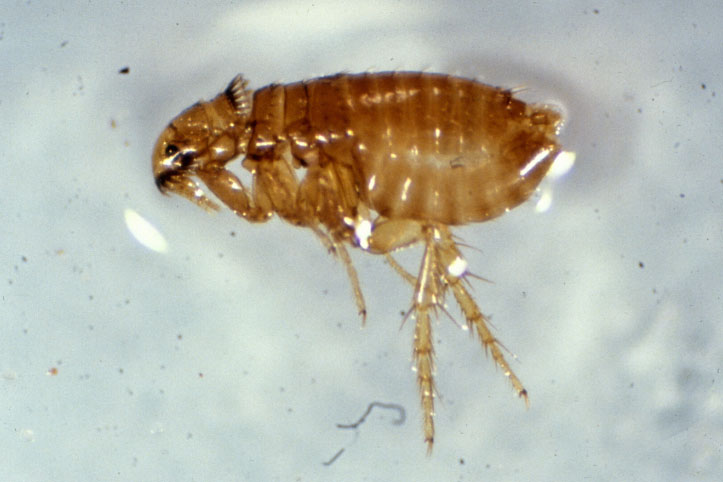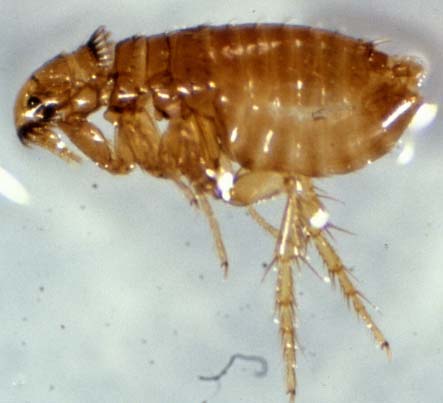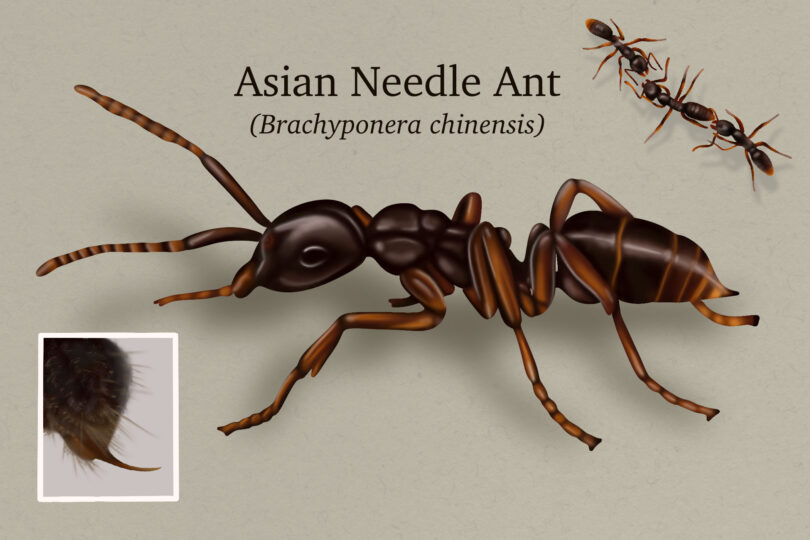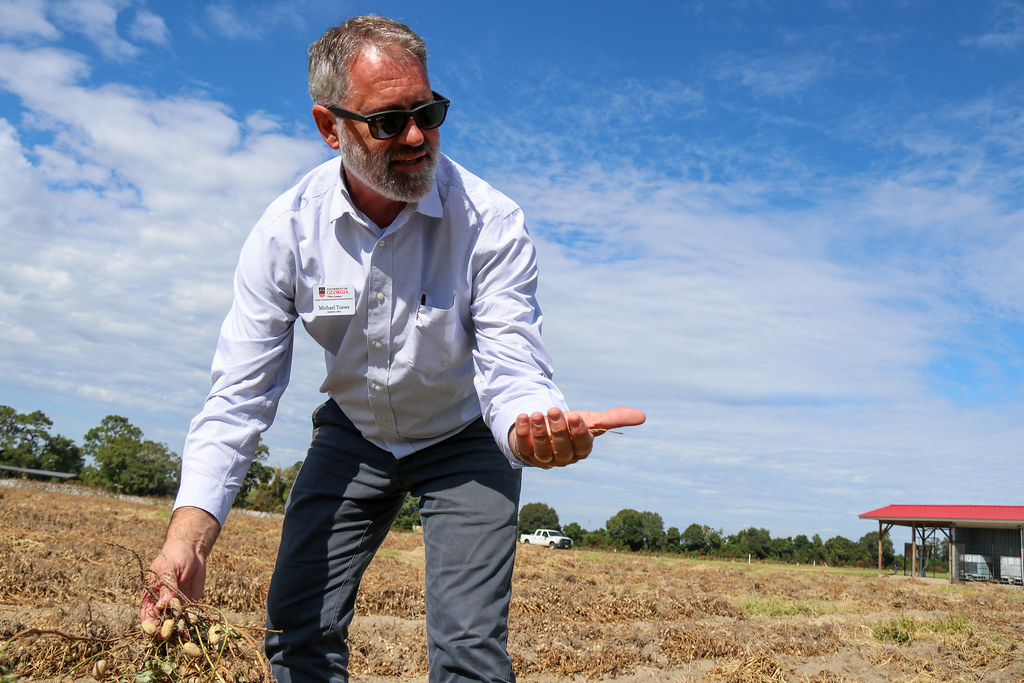Summertime is the primetime for picking watermelons, swimming in the lake and scratching fleas.
Fleas are a major nuisance for pets and pet owners during the summer months.
The parasites are a constant source of irritation for pets, and they can also cause serious problems like allergic dermatitis and intestinal tapeworms.
For pet owners, the cost of controlling fleas throughout their animal’s lifetime can be one of the most expensive, and sometimes most frustrating, parts of keeping their pet healthy.
An adult female flea can produce approximately 2,000 eggs in its lifetime. However, less than 1 percent of those eggs will survive, and only eggs that drop into the right environment, with the proper humidity and temperature, develop into adult fleas.
Pet bedding, furniture cushions and thick carpeting — basically any protected area where the pets spend their time — are likely to provide the right environment for flea development. Pet owners should wash these items in hot water on a weekly basis. Wood or tile floors aren’t likely to provide the conditions needed for flea eggs to hatch and flourish.
Out in the yard, open areas of the lawn that are exposed to continuous sunlight won’t support flea development, but shady, moist areas will. Doghouses, flowerbeds, gardens and the area under decks or porches are all hotspots for fleas. Any location not in direct sunlight where a pet spends time can become flea infested, and for every six fleas you see, 300 are in the environment or on a pet.
One of the problems that pet owners encounter involves the pupae stage of the flea’s life cycle because the flea is not susceptible to any insecticides during this time.
Flea pupae can lay dormant 140 to 170 days, allowing flea populations to survive through the winter. These dormant fleas can reemerge just weeks after a pet owner has treated their dog or cat with insecticide, resulting in a second wave of flea infestation.
Before applying any flea insecticide, it is important to consider the total scope of the flea problem. The most important part of a complete flea control program — especially in a heavy infestation — is that a pet’s entire environment should be treated simultaneously. This means treating the pet, anywhere the pet spends time both indoors and outdoors and treating all the other furred animals in the household.
Cleaning up the outdoor environment involves keeping grass mowed short, trimming vegetation, raking the yard thoroughly, and removing organic debris from flowerbeds and under bushes to allow these areas to dry out. Following these steps also will increase the exposure of fleas to insecticides. Inside, pet owners should clean and vacuum any areas where their pet spends time such as the garage, basement, pet carrier or car. Owners should dispose of the vacuum bag immediately in an outdoor garbage can.
When it comes time to pick an insecticide to treat fleas, there are many flea products on the market that make a lot of claims. This can make it confusing for a consumer who is trying to select the right flea control product for their situation.
Currently there are several once-a-month topical or oral flea control products on the market. Some products contain insect growth regulators, commonly called IGRs, which interrupt the life cycle and prevent immature flea eggs and larvae from developing into adults.
Pet owners should read and follow label instructions carefully and consult with their veterinarian before giving a pet any flea control product — especially young, pregnant or nursing animals, or geriatric or sick pets. Some flea control products may be safe for dogs only, and may be toxic to cats.
For the exterior of the home, pet owners will find several brands of granular or dust type flea insecticides that can be broadcast over a lawn or around the perimeter of the home. These should be used mostly around the shaded areas of the yard, where the soil is moist and where pets spend most of their time. Focus on treating areas around doghouses and under porches or decks. These are the places where flea development will likely occur. It is also important to keep stray animals, including wildlife, out of your yard for any flea control program to be successful.
Seven to 10 days after the initial insecticide application, pet owners may have to apply a second treatment depending on weather conditions and how well the source points have been spot treated.








